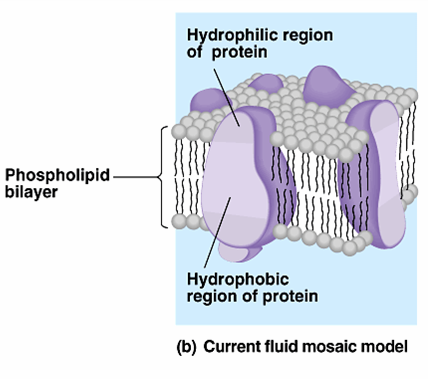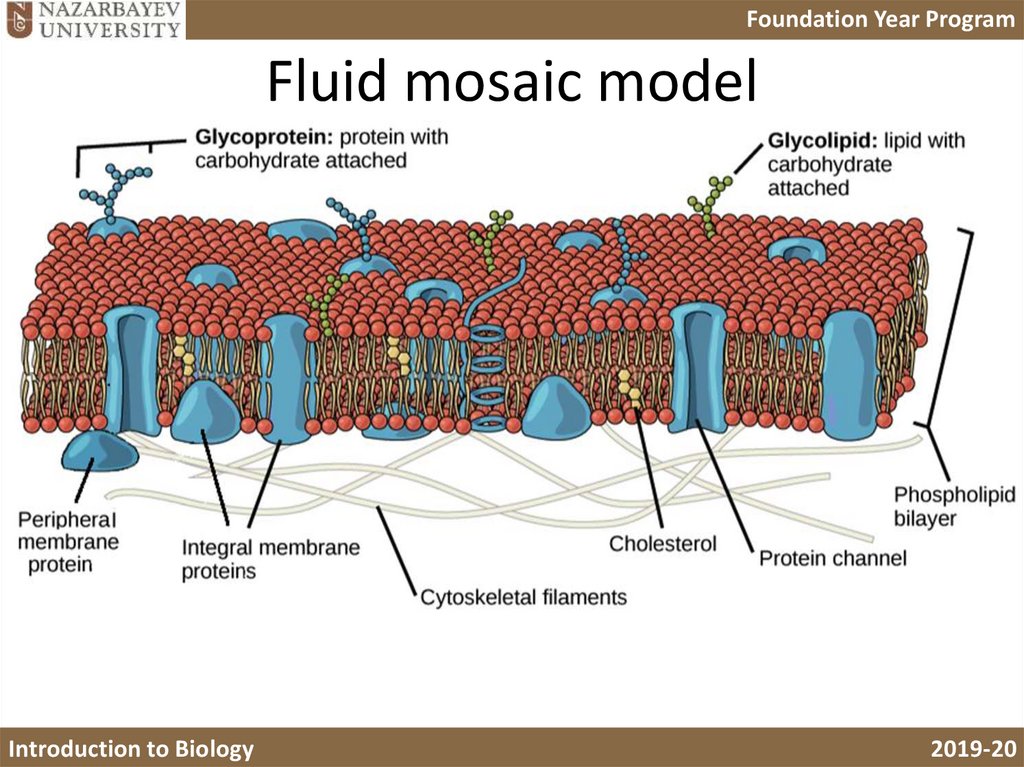

Previous models of biological membranes included the Robertson Unit Membrane Model and the Davson-Danielli Tri-Layer model. These studies showed that integral membrane proteins diffuse at rates affected by the viscosity of the lipid bilayer in which they were embedded, and demonstrated that the molecules within the cell membrane are dynamic rather than static. The fluid property of functional biological membranes had been determined through labeling experiments, x-ray diffraction, and calorimetry. These form channels to allow the movement of molecules. It helps the plasma membrane to retain its fluidity.Įmbedded within or on the surface of phospholipid layers It provides selective permeability to the cell membrane.Īttached to proteins on outside membrane layersīetween phospholipids and phospholipid bilayers Its main function is to separate the contents of the cell from the exterior. The fluid mosaic model is the most acceptable model of the plasma membrane. The current model describes important features relevant to many cellular processes, including: cell-cell signaling, apoptosis, cell division, membrane budding, and cell fusion. Another way to define membrane domains is the association of the lipid membrane with the cytoskeleton filaments and the extracellular matrix through membrane proteins. In addition, it came before the other model that introduced the first bilayer.

Such domains are defined by the existence of regions within the membrane with special lipid and protein cocoon that promote the formation of lipid rafts or protein and glycoprotein complexes.

Nicolson in 1972, describes the cell membrane as a two-dimensional liquid that restricts the lateral diffusion of membrane components. The biological model, which was devised by Seymour Jonathan Singer and Garth L. Small amounts of carbohydrates are also found in the cell membrane. The phospholipid bilayer gives fluidity and elasticity to the membrane. According to this biological model, there is a lipid bilayer (two molecules thick layer consisting primarily of amphipathic phospholipids) in which protein molecules are embedded. The fluid mosaic model explains various observations regarding the structure of functional cell membranes.


 0 kommentar(er)
0 kommentar(er)
